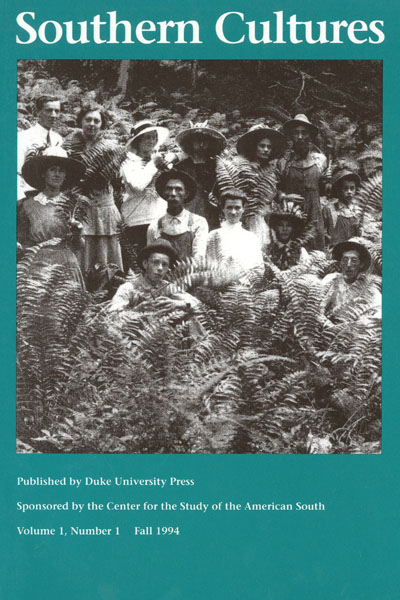University Press of Virginia, 1992.
Almost twenty years ago, I started studying school desegregation. In Memphis, doing an ethnography of a high school caught up in the civil rights revolution, I watched the struggles of the students, faculty, and parents as they tried to sort out what desegregation would mean for their schools. Some resisted, some tried to make it work, and some simply tried to find a place for themselves in a contested situation. For these people, the battle was both personal and honest, and they were clear and vocal about what it meant to them. There were many others in Memphis who were engaged in the battle over desegregation less personally and less honestly. There were people trying to make political careers out of it, people conspiring to hold on to the powers they already possessed, and people trying to make gains for themselves. Few of these people, whether white or African American, were ever personally involved with the struggles of the children and educators. They were engaged in a separate struggle, a struggle of rhetoric and positioning, far removed from the everyday life of the schools. This story, however, remains untold, and the silence is deafening. Memphis cannot learn from its recent history, because no one is willing to invest in the telling of it.


